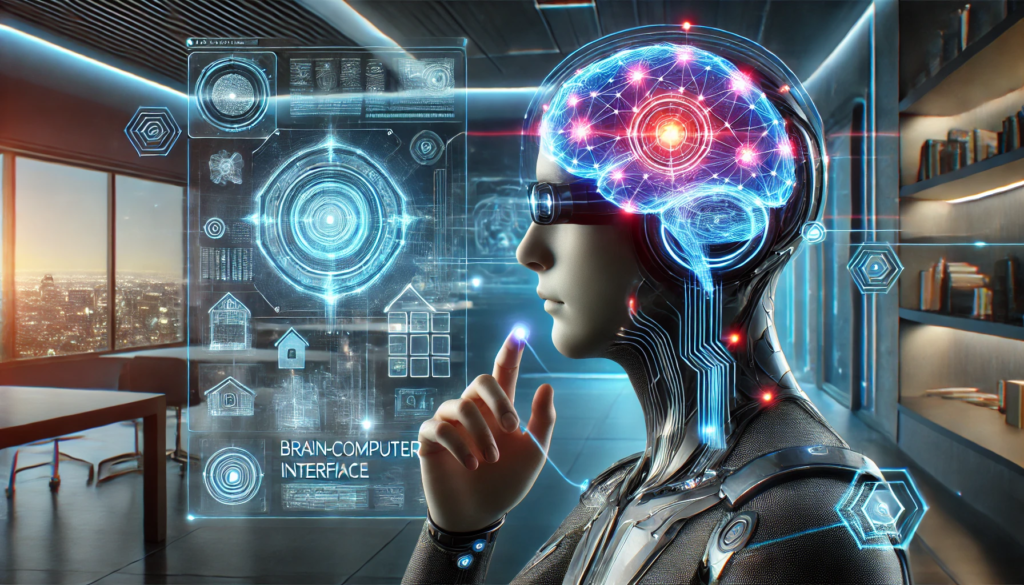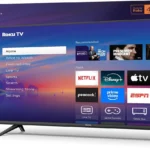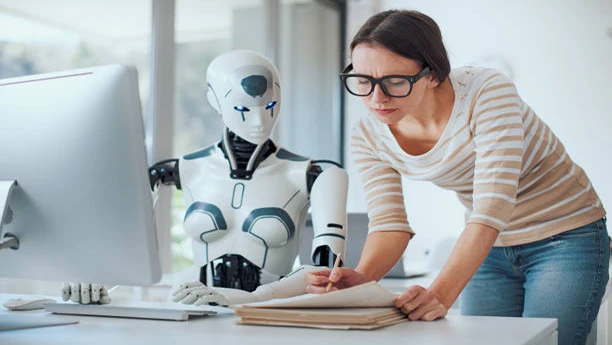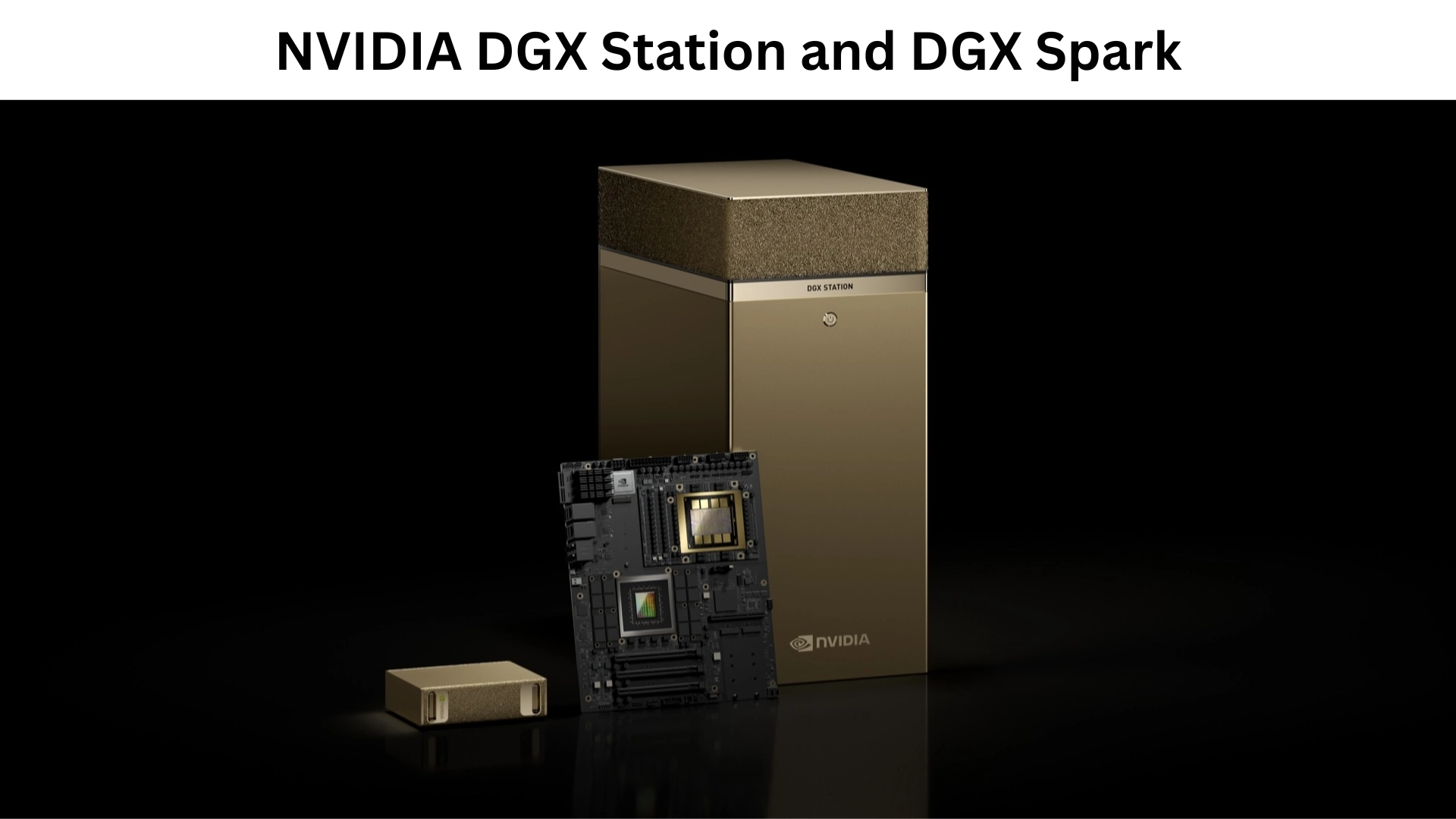Introduction
Think of being able to operate your devices using your mind. Sounds like something out of a science fiction film, right? Well, it’s becoming a reality! Synchron and Nvidia have made a tremendous technological advance by training AI models on human thoughts. This technology is set to transform lives, especially for individuals with mobility impairments, by making digital interaction easier than ever before.
Understanding the Technology
Synchron has combined its brain-computer interface (BCI) with Nvidia’s Holoscan platform at the center of this innovation. This powerful pairing translates brain signals into digital instructions. Essentially, it enables people to control devices with their minds.

Real-World Impact
One of the most inspiring examples of this technology in action is Rodney Gorham, a former software salesman who is living with ALS (amyotrophic lateral sclerosis). With the help of Synchron’s BCI, he can now operate digital devices without needing to move a muscle. This kind of independence can be life-changing for people with severe mobility challenges.
Integration with Smart Home Devices
The compatibility of this BCI that’s AI-based with smart home systems such as Amazon Alexa is yet another breakthrough. Think of switching the lights on, regulating the thermostat, or playing music—just with thought. This may fundamentally transform the ability of the disabled to interact with their homes, providing them with greater freedom and autonomy.
Future Implications
This innovation is not merely about ease—it’s about empowerment. By bridging the gap between human minds and computers, this technology holds the key to new possibilities for individuals with neurological diseases. The future may see even more advanced applications, ranging from controlling prosthetic limbs to communicating through digital assistants without uttering a single word.
Final Thoughts
The capacity to train AI systems on human thought is than a neat innovation—it’s a game-changing development. With technology leaders like Nvidia establishing what’s possible, we’re getting closer to the day when individuals who have mobility issues can connect with technology in ways previously unimaginable.









